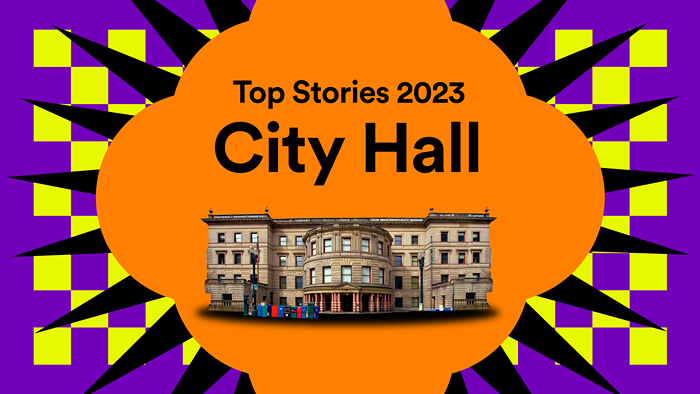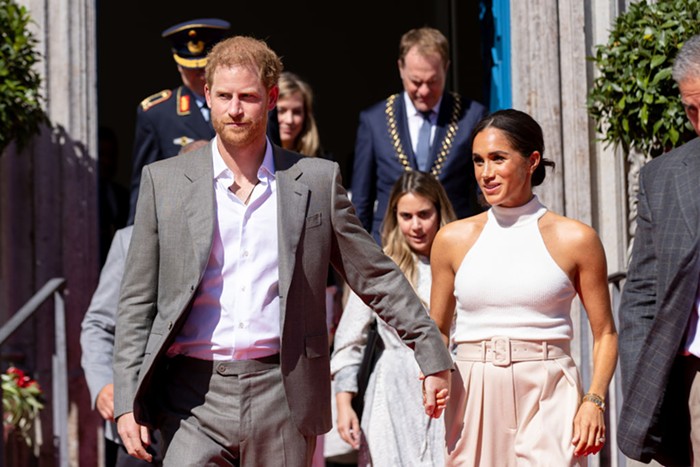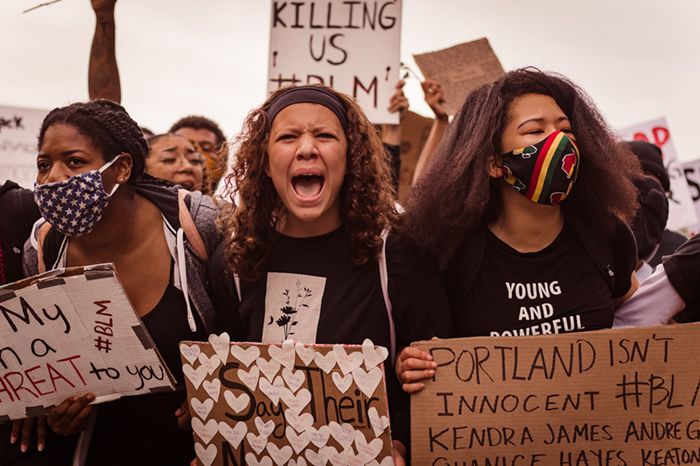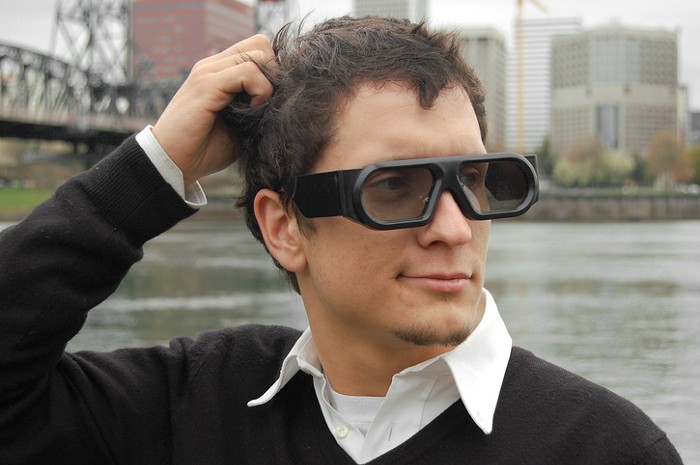THE MAJORITY of events and discussions happening around Design Week are understandably focused on how graphic designers, brand experts, and architects make things look as good as possible. But there's little doubt that throughout the design experience—for both creator and consumer—the other senses play a key role. Especially, argues musician, scholar, and curator Rebecca Gates, hearing.
"There is a big design process involving sound, whether that's people doing music placement or thinking about music as part of a component of some multimedia presentation," she says, speaking via phone on a recent trip to Washington, DC. "The way design is framed and talked about is visual. Why isn't sound practice being talked about?"
To answer her own question, Gates has organized a fascinating panel called Sound Designed: Sound, Music, Narrative, and Space, which brings together a quartet of people working in the design world who concern themselves with the impact of the auditory on their visual work. This includes Sarah Matarazzo, who works at the music supervision company Walker, which helps place songs in commercials and films, and urban planner Kenya Williams, who is helping preserve or better natural soundscapes through his work with Hush Planning.
For Gates, a longtime solo artist and co-founder of indie rock duo the Spinanes, this panel discussion is a culmination of her 15-year self-education in the world of sound art, which began when she moved to Chicago in the late '90s and was introduced to the work of experimental composers like Morton Feldman and David Tudor.
"I was exposed to a variety of ways of thinking about music and sound," she says. "At that point, it was refreshing to talk about sound and about audio away from a commercial pop-song framework, which is basically my default setting."
Her interest grew during a stay in Rhode Island, where she took a class with Alvin Lucier, a sound artist whose work involves the physics of how sound resonates in different spaces and how two different tones can interfere with or change one another.
"I just loved how he thought about sound and his dedication to it," she says of Lucier. "The whimsy he brought to it made a lot of sense to me."
Gates has since helped curate a 2008 exhibition of sound artists in Marfa, Texas, and put together a short run of audio magazines, which wrapped together music, spoken word, answering machine tapes, and interviews in one seamless package.
While much of her work these days centers on making sure musicians are being fairly compensated for their art or lobbying on behalf of net neutrality (the reason she was in the nation's capital recently), she always wants to bring the conversation back to the power of sound and how everyone, especially those folks in the art and design world, can be utilizing it better.
"One of the things I don't want to talk about is placement and how when we think about music with design, we just think of a motion graphic and the need for some music to go along with it," says Gates. "How can we start saying music is primary? How am I going to design my experience by first thinking about sound and music? I'm hoping the conversation can be about that skillset."
Sound Designed: Sound, Music, Narrative, and Space North, 1515 NW 19th, Thurs Oct 9, free













